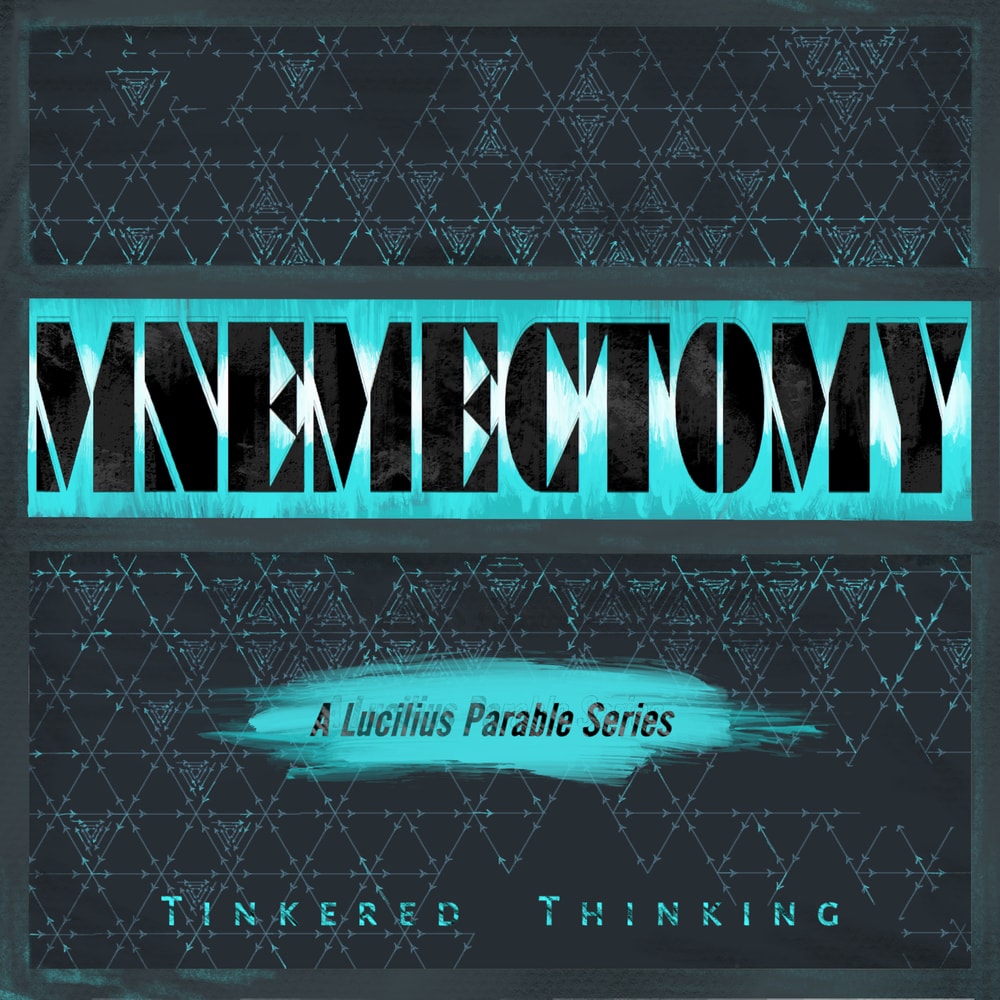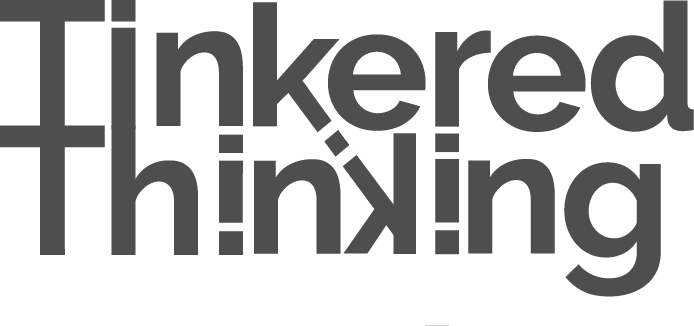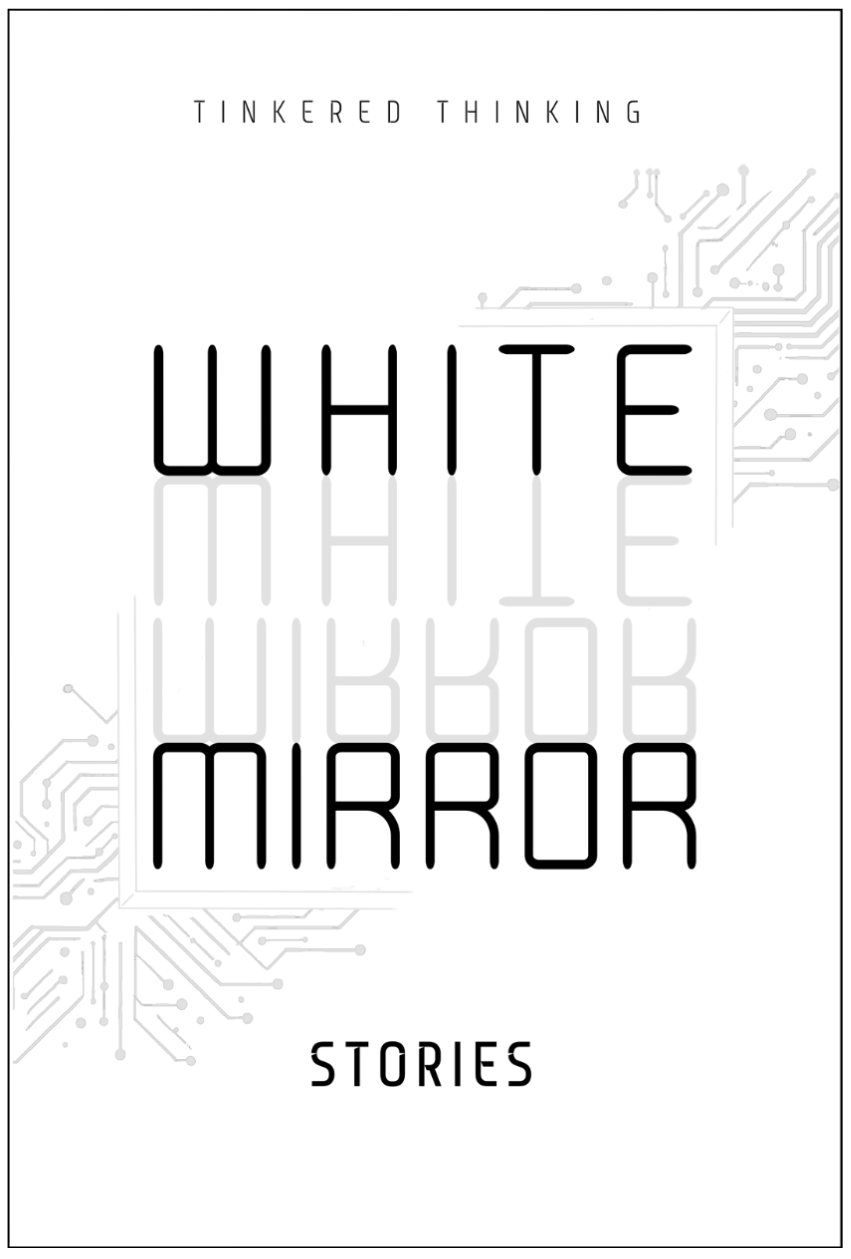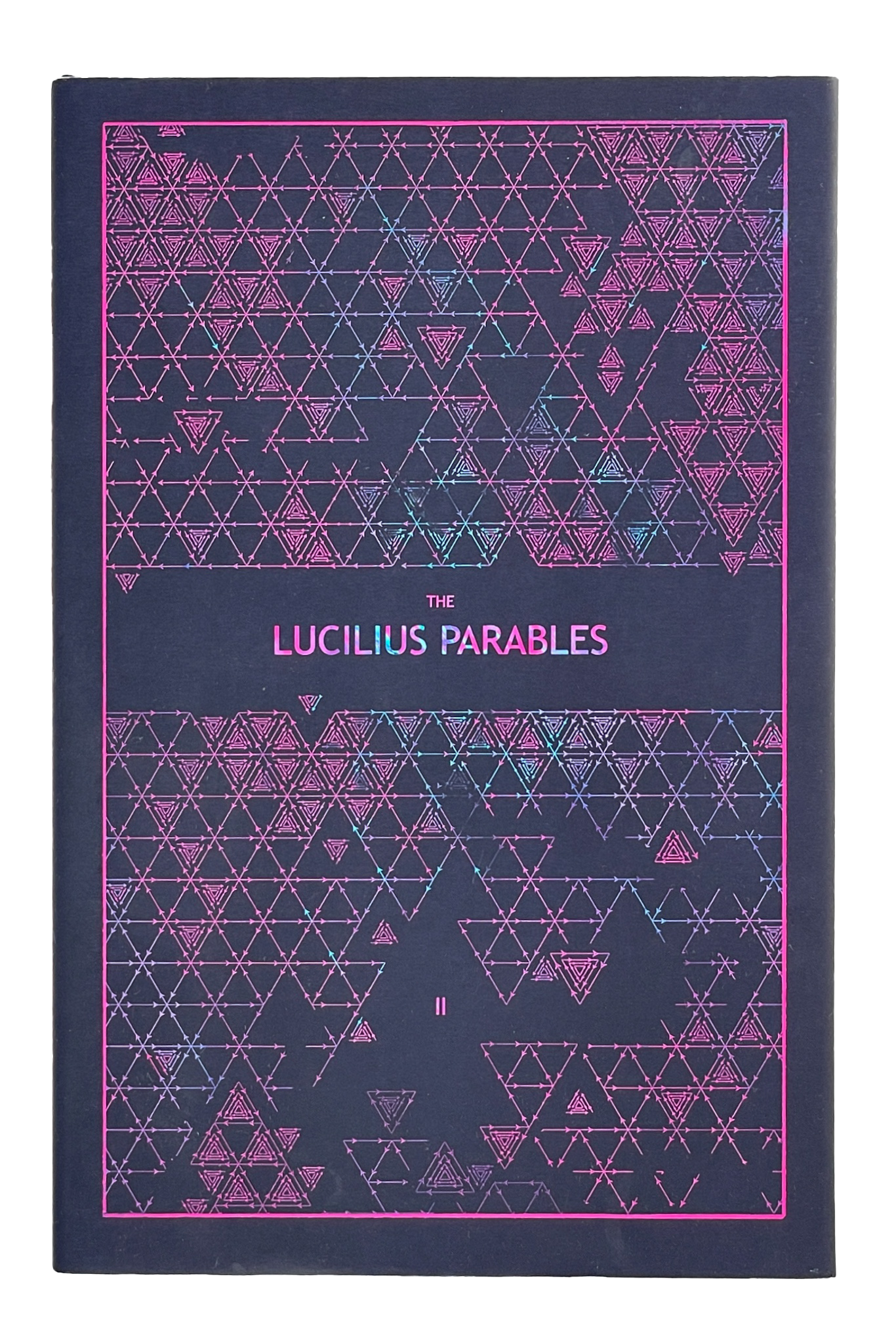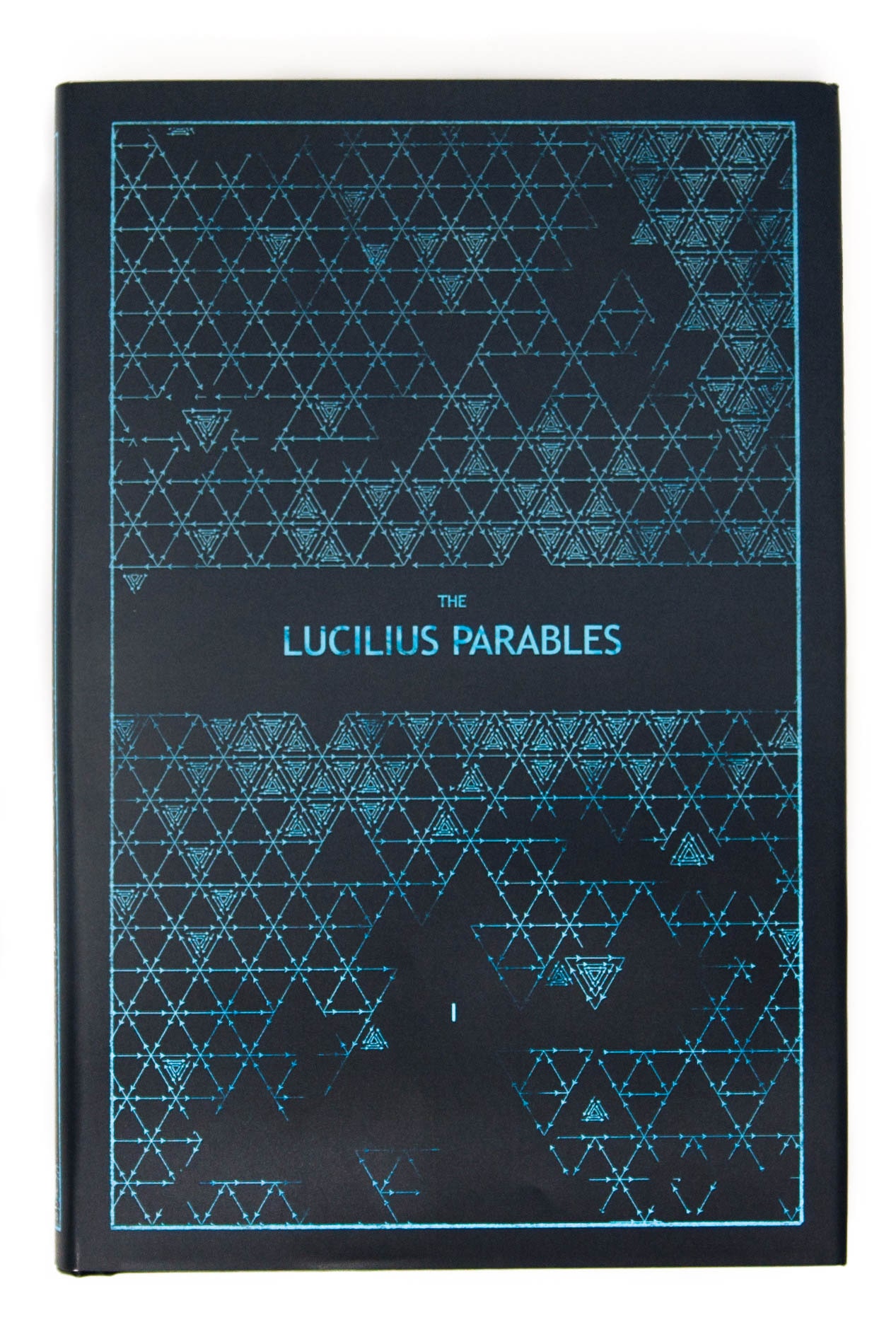Daily, snackable writings to spur changes in thinking.
Building a blueprint for a better brain by tinkering with the code.
subscribe
rss Feeds
SPIN CHESS
A Chess app from Tinkered Thinking featuring a variant of chess that bridges all skill levels!
REPAUSE
A meditation app is forthcoming. Stay Tuned.
HAMMER AND SCREW
September 21st, 2018
We have all witnessed an argument that we felt was going in a ridiculous or unproductive direction. Perhaps we were compelled to take part, and try to right the course of both straying minds. We have all found ourselves in such arguments, holding our ground on points that – in the long run – don’t really matter.
Somehow, when the resistance of an enemy is at the forefront, the energy and determination (or stubbornness, depending on how you’d like to look at it) comes so easily, whereas that same tenacious drive seems impossible to call to our aid when we are alone and contemplating some project we’d like to start.
But if we were able to switch the activities and the drive we have in each and compare the outcomes, how would we feel? If we were able to walk away from the meaningless argument, or simply not engage at all in the first place, chances are we’d feel better about that behavior in retrospect than we do becoming a fool by arguing with a fool. So too with the other situation. How would we feel in retrospect if we were able to manifest a strong stubborn drive to ‘get our way’ regarding a personal project. Chances are good that the project would be completed and we would have a sense of accomplishment lingering around, not to mention any additional benefits the finished project produces.
For whatever reason, we are more likely to argue with the fool and squander our time. We use the wrong tool for the wrong situation.
We pick up the hammer to use with a screw, and then wonder why the nail doesn’t work when we apply a screwdriver.
Each behavior that we witness ourselves perform is driven by some kind of emotion. In the examples above, we might say that the wrong emotion is popping up at the wrong time and driving the wrong kind of behavior.
Just as with tools like hammers and screwdrivers where it is necessary to learn how each works and for what situation, so to with our emotions. We must learn which ones are best for which situations. But unlike tools that might be arranged in an orderly fashion in a workshop for anyone to easily see, pick up and use, our emotions are not so quaintly organized.
Our emotional tools might be arranged more like a toy box, or a hastily packed box. It probably requires some work to find which tool we need because, like the procrastination-plagued person squandering their time, we don’t know where that tenacious feeling that arises as stubbornness in the face of an enemy actually lies within ourselves.
Notice how in this analogy of a toy box, or hastily packed box, we might eventually find the tool we are looking for by rummaging around for it, but even then, it does not achieve an organization of all our tools. This is akin to the late night manic cleaning spree we might go on after finally being fed up enough with the clutter of our living space. After everything is put right we might feel finally accomplished. But then the mess starts to creep back to life and increases until the situation reaches the necessary pitch to go rummaging through that tool kit again because we are unpracticed with calling up the emotion to deal with such situations before such situations arise.
By honing our only real tool – our ability to form a better question that we may pose to ourselves, we can slowly organize that tool box.
While sitting down at a bar, we may ask: “is this going to be the best use of my time right now?” The answer may be ‘yes’ if we’ve brought a book and just need a little rest and relaxation from some other deep concentration, or if we are meeting much-missed friends.
Or if someone says something particularly aggravating that we feel the need to argue with, we can ask “Is this the best use of my time?” Probably not. To engage is to misidentify the problem. To see a situation as an important problem that we need to solve, when it is anything but.
The easiest rule-of-thumb in these cases is to ask “is this easier? Am I engaging in the easier thing? What would be harder right now, in the short term, but more gratifying in the long-term?”
The results of almost all of our behaviors fits into this little paradigm, and we can use it to help organize our emotional toolkit.
It can boil down to an even simpler question: “is this useful?”
We might ask the same exact question of the hammer and the screw? Is the combination useful? No, not at all.
And neither is a screwdriver plied to a nail.
This episode references Episode 3: Determined vs. Stubborn, and Episode 30: The Only Tool
-compressed.jpg)
